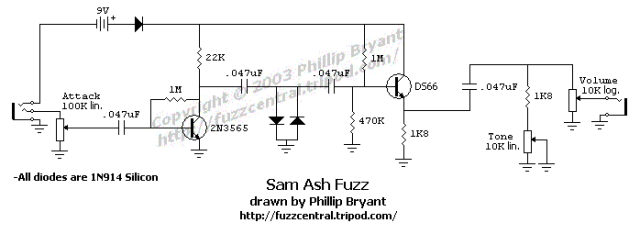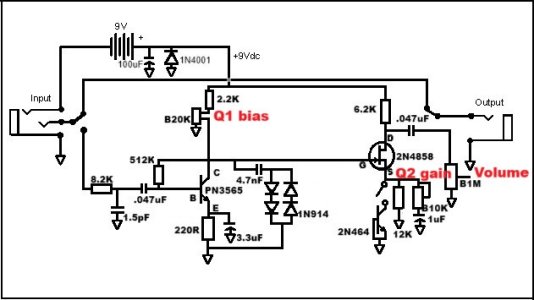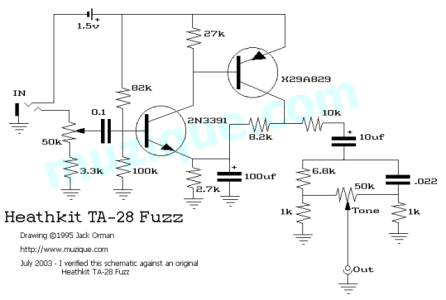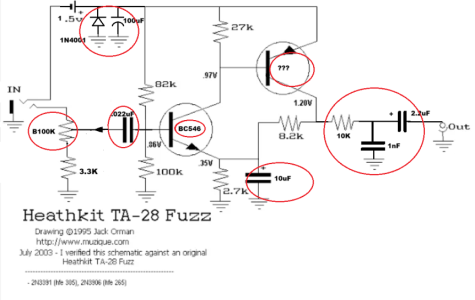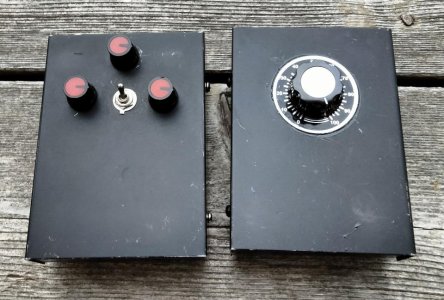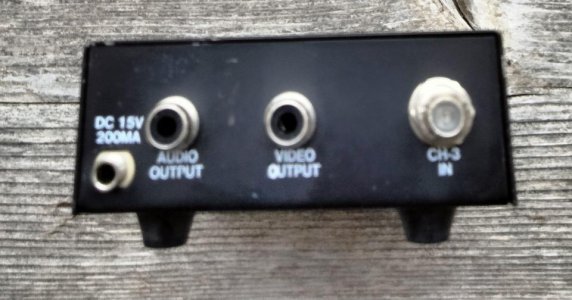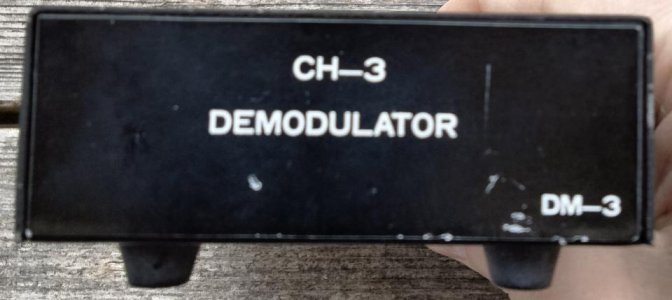idsnowdog
Imperator of Indignation
Anarchotone - This started as a Sam Ash Astrotone clone but diverged early on. The diode clipping section had two large value coupling capacitors that I couldn't see the point of. I also couldn't see the point of having such a great sounding front end going into a wimpy sounding output buffer which lowered the output too much. So it's basically the first half of the Astrotone with a different clipping section, and a JFET output stage. The output stage is a standard JFET amplifier that overdrives nicely when pushed hard. The output stage has a Cascode Germanium transistor on a switch for a little extra output and overdrive.
Green Ripper - This is a clone of the Dan Armstrong Green Ringer. I didn't modify this circuit too much. I socketed the transistors because the 2N5089s called for were too high gain. I went with a 2N3904 in Q1, a Germanium transistor in Q2, and a 2N5089 in Q3. The Germanium clipping diodes called for didn't sound very good so I used UV and green LEDs for the clipping stage. The LEDs have a much fuller sound and don't lower the output too much. The original doesn't have any controls. I added the nulling pot mod to accentuate the ring modulator tones, a gain control on Q1 to lower the amount of overdrive from that stage, and a volume pot. I wasn't able to get as wonky sounding ring modulator tones as the demos I saw. However, it does have a demonic sounding lead tone that produces wooly overtones as it decays.
Swamp Kitten - This is a Heathkit TA-28 fuzz clone. The demos I have heard were pretty crappy sounding so I took that as a challenge to rework it into something I like. I was intrigued about the idea of a low voltage power rails clipping circuit. Like a lot of pedals the person who designed it probably never played guitar. At first I thought there must have been a secret strategy to its design but there wasn't any magic in the original component values. The strategy seemed to be to use large value capacitors to create a dark and thick sounding fuzz and then put an input control in front and a tone circuit after it to try and fix everything wrong with it. Architecturally I didn't diverge too much from the original design except removing the tone circuit completely. I was able to create a perfectly balanced sounding fuzz just by changing the capacitor values. It sounds great with every guitar I tried. The result is a thick and heavily compressed fuzz with a little bit of gating. The gating effect responds really well to palm muting and when I roll back the input pot the tone goes from thick and dark to bright and growly. It's also surprisingly loud for only 1.5 volts.
Green Ripper - This is a clone of the Dan Armstrong Green Ringer. I didn't modify this circuit too much. I socketed the transistors because the 2N5089s called for were too high gain. I went with a 2N3904 in Q1, a Germanium transistor in Q2, and a 2N5089 in Q3. The Germanium clipping diodes called for didn't sound very good so I used UV and green LEDs for the clipping stage. The LEDs have a much fuller sound and don't lower the output too much. The original doesn't have any controls. I added the nulling pot mod to accentuate the ring modulator tones, a gain control on Q1 to lower the amount of overdrive from that stage, and a volume pot. I wasn't able to get as wonky sounding ring modulator tones as the demos I saw. However, it does have a demonic sounding lead tone that produces wooly overtones as it decays.
Swamp Kitten - This is a Heathkit TA-28 fuzz clone. The demos I have heard were pretty crappy sounding so I took that as a challenge to rework it into something I like. I was intrigued about the idea of a low voltage power rails clipping circuit. Like a lot of pedals the person who designed it probably never played guitar. At first I thought there must have been a secret strategy to its design but there wasn't any magic in the original component values. The strategy seemed to be to use large value capacitors to create a dark and thick sounding fuzz and then put an input control in front and a tone circuit after it to try and fix everything wrong with it. Architecturally I didn't diverge too much from the original design except removing the tone circuit completely. I was able to create a perfectly balanced sounding fuzz just by changing the capacitor values. It sounds great with every guitar I tried. The result is a thick and heavily compressed fuzz with a little bit of gating. The gating effect responds really well to palm muting and when I roll back the input pot the tone goes from thick and dark to bright and growly. It's also surprisingly loud for only 1.5 volts.
Last edited:

